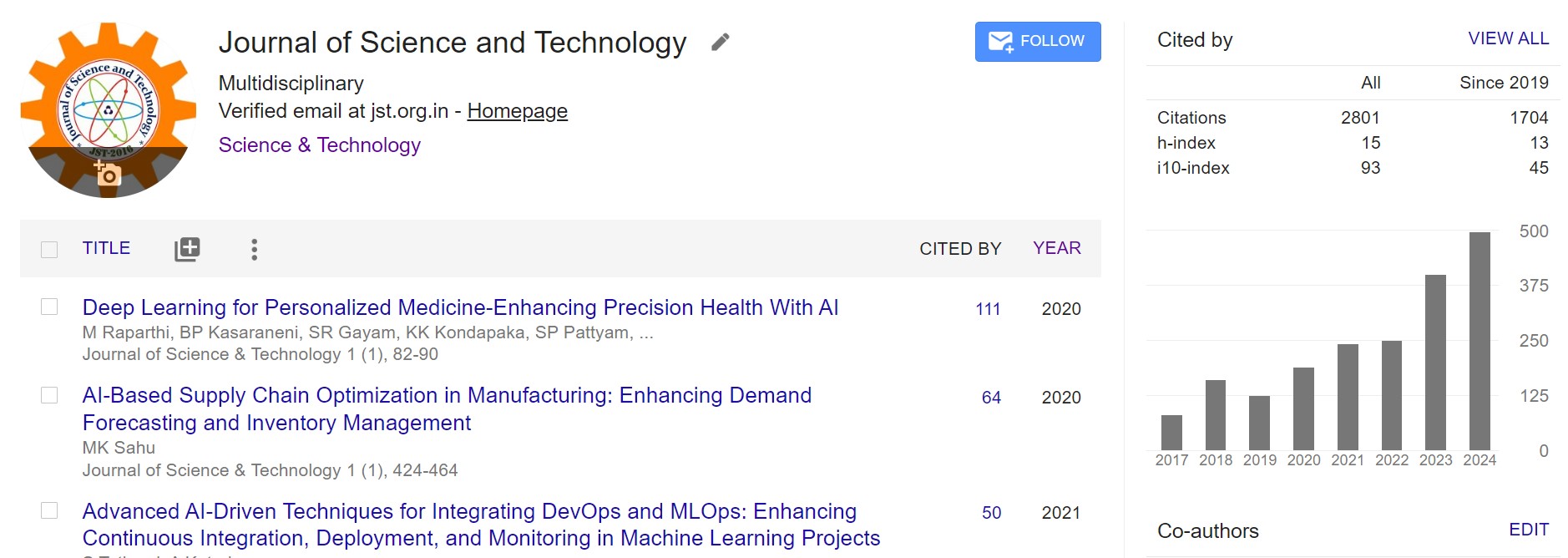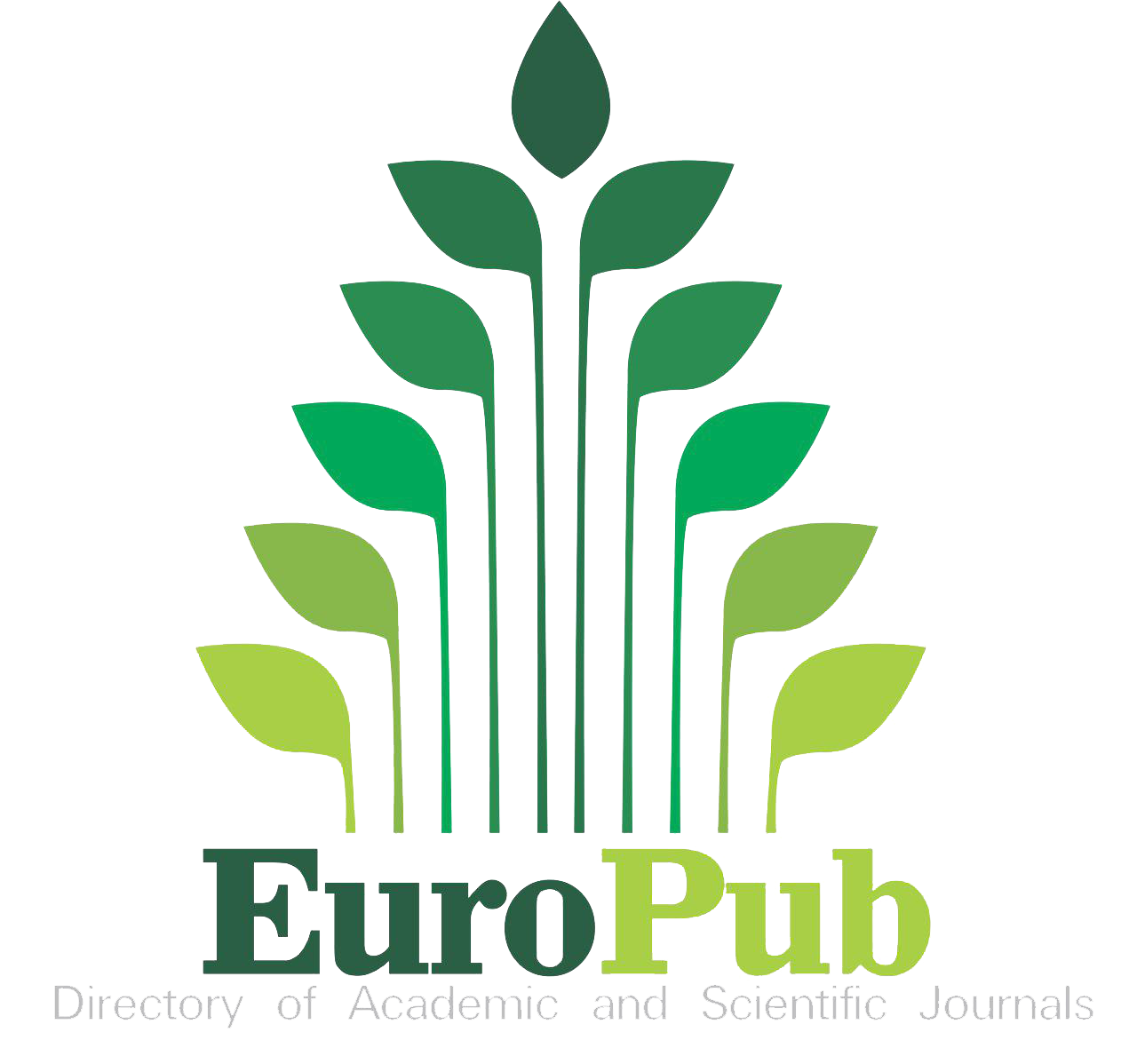Water Quality Assessment and Health Implications: A Study of Kano Metropolis, Nigeria
DOI:
https://doi.org/10.46243/jst.2024.v9.i6.pp33-52Keywords:
Water Quality, Water Contamination, Heavy Metals, KanoAbstract
This study presents a water quality analysis aiming to understand their relationship with prevalent health problems reported in Kano metropolis. The study collected ten water samples from each eight distinct areas within Kano State, Nigeria. pH levels ranged from 6.50 to 7.20, falling within the permissible range recommended by the WHO. The highest turbidity was 51.66NTU. Hardness ranged from 158.6 to 297.7 mg/L, falling within the limit. Alkalinity levels surpassed the standard in most areas, while TDS fell below the standard. Cadmium concentrations ranged from 0.04 mg/L to 0.162 mg/L, with both values exceeding the WHO limit. Nickel levels ranged from 0.369 mg/L to 1.288 mg/L, surpassing the WHO recommendation of 0.2 mg/L. Lead concentrations reached alarming levels, exceeding the recommended value of 1.00 mg/L, with Municipal and Fagge recording concentrations of 3.7882 mg/L and 3.5627 mg/L respectively. Chromium concentrations varied from 0.82 mg/L to 4.4 mg/L, all surpassing the WHO limit. In Tarauni Arsenic concentration was 0.01 mg/L aligning with the standard, however, in other areas, it surpassed. Iron concentrations ranged from 0.2 mg/L to 1.31 mg/L. Zinc concentrations exceeded WHO limits in all areas, ranging from 3.08 mg/L in Ungogo to 4.4 mg/L in Fagge. We compare the reported devastating diseases with our findings and suggest that the emerging health hazards in Kano State, including gastrointestinal illnesses, chronic kidney disease, and cardiovascular diseases, are associated with poor water quality.


























